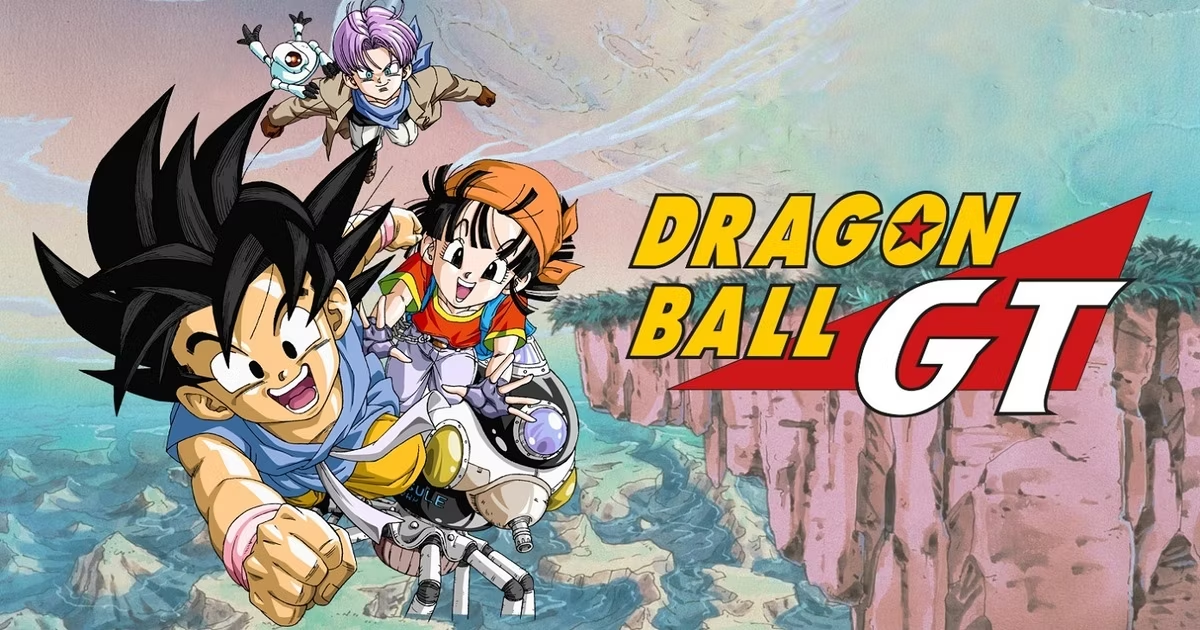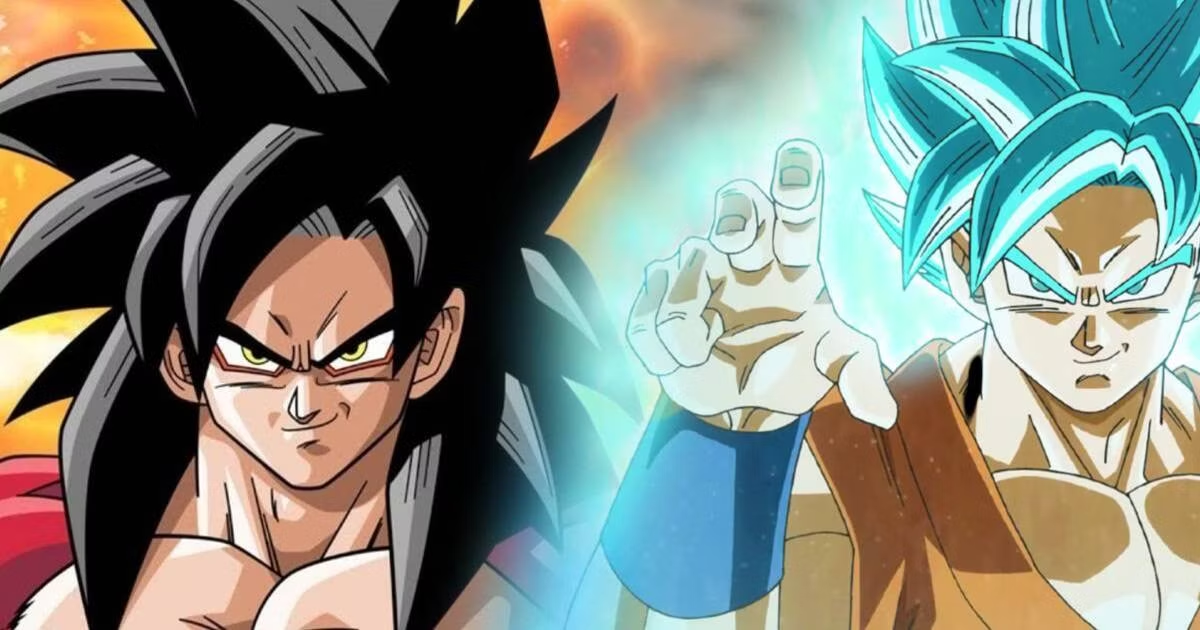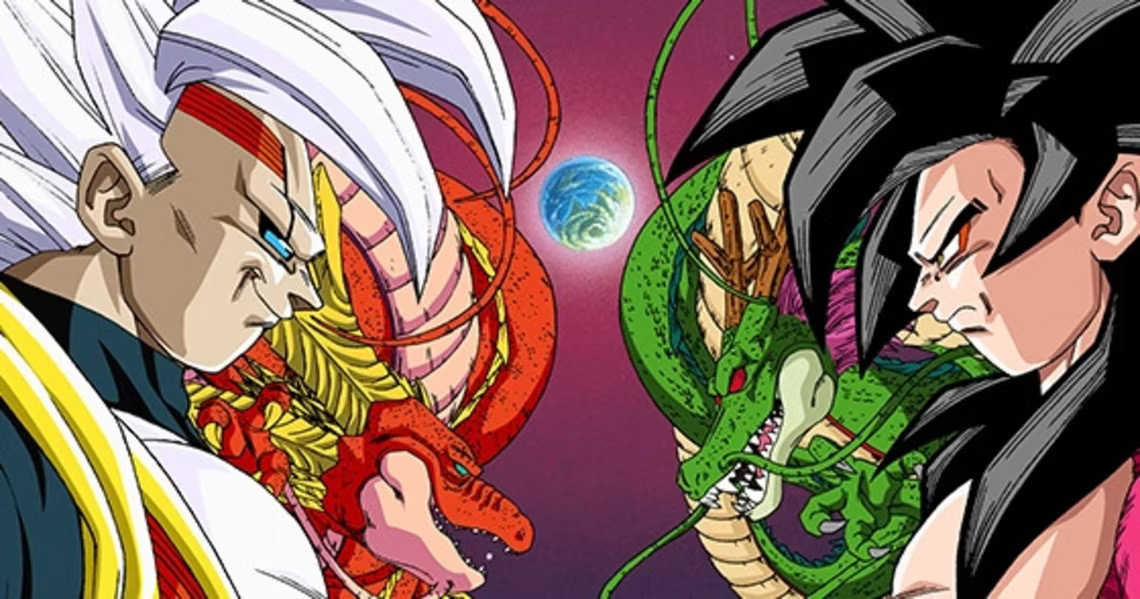Anime, Dragon Ball
Dragon Ball GT may still be canon
In the vast landscape of anime, where fans are constantly bombarded with updates, sagas, reboots, and remakes, seeking solace in nostalgia is a common occurrence. Dragon Ball GT serves as a prime example of a work that holds great appeal for dedicated followers of the Dragon Ball saga. However, with each revisitation of this saga, a familiar question emerges: Is Dragon Ball GT canon? Let us delve into the various aspects to determine if this series can be considered part of the official Dragon Ball universe.
The Story of Dragon Ball GT: Dragon Ball GT takes place a few years after the events of Dragon Ball Z, following Goku’s departure with Uub, the benevolent reincarnation of Kid Buu, to train together. Once Goku realizes that Uub has achieved sufficient growth, he ends their training and plans to return home. The first saga unfolds when Emperor Pilaf, along with his henchmen Shu and Mai, invades the temple housing the Dragon Balls. Goku manages to capture Pilaf, using the Dragon Balls to transform him into a child, reverting Goku back to his youthful appearance from the original Dragon Ball series. With the Dragon Balls scattered once again, the adventure commences.
During Goku’s absence, his family and friends have undergone significant changes. His granddaughter Pan has matured into a teenager, Gohan and Goten have retired from their warrior lifestyles to lead normal lives, and Trunks assumes the role of President at Capsule Corporation. The trio of Goku, Pan, and Trunks embarks on a quest to locate the scattered Dragon Balls, encountering new adversaries across the universe, all while defending their planet from emerging threats.

Dragon Ball GT Transformations: Despite being in his child form, Goku manages to tap into his Super Saiyan transformations, including reaching the level 3 form. The only distinction lies in the increased difficulty of maintaining these transformations while in his child state. Additionally, Dragon Ball GT introduces what is arguably considered Goku’s most powerful and formidable transformation: the Super Saiyan 4. This aspect has sparked discussions among fans, particularly due to the chronological placement of Dragon Ball GT after Dragon Ball Super. The latter series introduced numerous powerful transformations that elevated Goku and Vegeta’s power levels, yet these transformations are absent in GT. This discrepancy raises questions regarding the canonicity of Dragon Ball GT.
Chronological Discrepancies: Another factor that challenges Dragon Ball GT’s canonicity is the lack of consistency and coherence in terms of chronology. For instance, in Dragon Ball Super, which takes place three years after the Majin Buu Saga, the villain Frieza appears in his ultimate golden form, signifying his attainment of even greater power. However, in Dragon Ball GT, Frieza does not reach this golden form, which is currently regarded as his most potent state. Furthermore, a noticeable discrepancy arises when comparing the age of Pilaf and his followers between Dragon Ball GT and Dragon Ball Super. In GT, they are depicted as elderly characters, whereas in Super, they regain their youthful appearances. This incongruity seems illogical, considering that only a relatively short period has transpired between the two sagas, leading fans to perceive it as a flaw in the script that undermines the canonicity of Dragon Ball GT.
The Opinion of a Dragon Ball GT Screenwriter: Dragon Ball GT continues the story established in the preceding anime, albeit with a narrative that was not entirely created by Akira Toriyama, the mangaka responsible for the original Dragon Ball. Although Toriyama was involved in the project, some argue that Dragon Ball GT cannot be considered canon since it does not adapt a story directly from the mangaka. Nevertheless, the debate surrounding the canonicity of Dragon Ball GT has persisted for many years, and an interesting perspective emerges from one of the anime’s screenwriters.

When asked on Twitter about Dragon Ball GT being the official sequel to Dragon Ball Z, Takao Koyama, one of the screenwriters for the anime, commented that the series is indeed part of the canon. While Koyama’s statement does not provide a definitive answer, as he does not possess the authority to determine what is considered canon in the Dragon Ball franchise, it nonetheless brought a sense of satisfaction to fans of Dragon Ball GT. It is worth noting that Koyama had an extensive involvement in Dragon Ball Z, working on the series from 1989 to 1996, but did not contribute to subsequent anime adaptations.
The Role of Property Owners: It is crucial to differentiate between the creators (authors) of a work and the owners (companies) who hold the rights to those works. Akira Toriyama may be the brilliant mind behind Dragon Ball, but the franchise itself is ultimately owned by Toei Animation and Shonen Jump, while Toriyama operates under their employ. Thus, the decision of what is deemed canon or non-canon lies with these entities. Canon material refers to the content that aligns with the officially confirmed continuity as established by the owners. From this perspective, Dragon Ball GT, despite debates and occasional discrepancies, can technically be considered canon since it falls under the ownership of Toei Animation and Shonen Jump. It should be acknowledged, however, that the events portrayed in Dragon Ball Super occasionally disrupt the logical progression of the Dragon Ball GT storyline.

In the end, whether Dragon Ball GT is regarded as canon or non-canon may hold little significance. Regardless of its debatable narrative choices, Dragon Ball GT has provided fans with compelling characters, innovative transformations, and exhilarating battles, all of which are essential elements for a memorable Dragon Ball saga. Therefore, fans of the franchise can continue to relish the unique offerings of Dragon Ball GT and derive enjoyment from its distinct contribution to the Dragon Ball universe.
We bring out some of the most well-known Dragon Ball collection, all of which are available at reasonable costs. Visit our link now if you are interested in the Dragon Ball collection
Dragon Ball Z Car Floor Mats, Trunks and Goku Super Saiyan Car Floor Mats, Anime Car Accessories
Dragon Ball Z Car Floor Mats, Vegeta And Son Goku Car Floor Mats, Anime Car Accessories


Android 16,Android 17, Krillin, Android 18,Android 19

